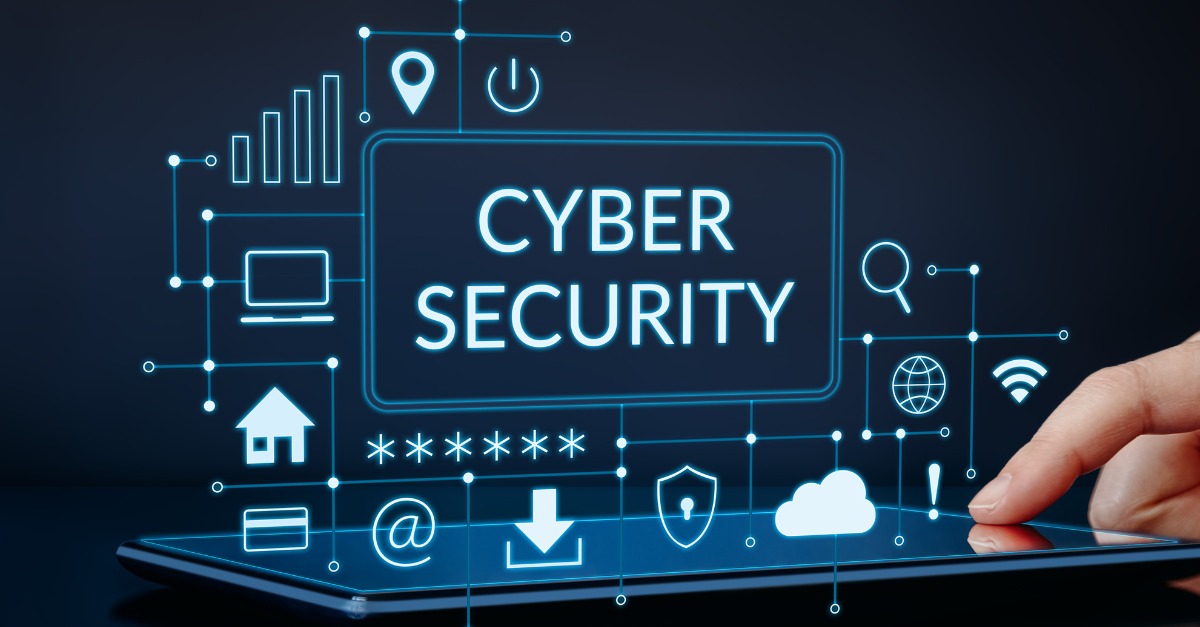Introduction
In today’s interconnected world, cybersecurity has become a paramount concern for individuals, businesses, and governments alike. With the exponential growth of digital technologies, the risks of cyber threats have also increased, posing significant challenges to the protection of data and privacy. This article delves into the importance of cybersecurity in the digital age and explores strategies for safeguarding sensitive information in an increasingly complex technological landscape.
Understanding Cybersecurity Threats
Cybersecurity threats encompass a wide range of malicious activities aimed at exploiting vulnerabilities in digital systems. These threats include malware, phishing attacks, ransomware, data breaches, and social engineering tactics. Understanding the nature of these threats is essential for implementing effective cybersecurity measures.
Importance of Data Protection and Privacy
Data is a valuable asset in the digital age, driving business operations, innovation, and decision-making processes. However, the proliferation of data also increases the risks of unauthorized access, theft, and misuse. Protecting data and privacy is not only crucial for maintaining the trust of customers and stakeholders but also for complying with regulatory requirements such as GDPR and CCPA.
The Role of Encryption and Authentication
Encryption and authentication are fundamental tools for ensuring the confidentiality and integrity of data transmitted over networks. Encryption converts data into an unreadable format, making it indecipherable to unauthorized users. Authentication mechanisms, such as passwords, biometrics, and multi-factor authentication, verify the identity of users and prevent unauthorized access to sensitive information.
Implementing Robust Security Measures
To mitigate cybersecurity risks, organizations must implement robust security measures across their digital infrastructure. This includes deploying firewalls, antivirus software, intrusion detection systems, and security patches to defend against external threats. Additionally, conducting regular security audits and employee training programs can help strengthen the overall cybersecurity posture of an organization.
Building a Culture of Cybersecurity Awareness
Promoting cybersecurity awareness among employees and stakeholders is essential for fostering a culture of vigilance and accountability. Educating individuals about common cyber threats, best practices for password management, and the importance of reporting suspicious activities can empower them to actively contribute to the organization’s cybersecurity efforts.
Collaboration and Information Sharing
Cybersecurity is a collective responsibility that requires collaboration and information sharing among stakeholders. Public-private partnerships, industry alliances, and threat intelligence sharing platforms enable organizations to stay informed about emerging threats and coordinate responses effectively. By pooling resources and expertise, stakeholders can better protect against cyber attacks and strengthen the resilience of the digital ecosystem.
Conclusion
In an era defined by digital innovation and connectivity, cybersecurity has emerged as a critical imperative for safeguarding data and privacy. By understanding the nature of cyber threats, implementing robust security measures, and fostering a culture of cybersecurity awareness, organizations can mitigate risks and build trust in an increasingly interconnected world. Protecting data and privacy is not just a technological challenge but also a fundamental ethical and legal obligation in the digital age.


